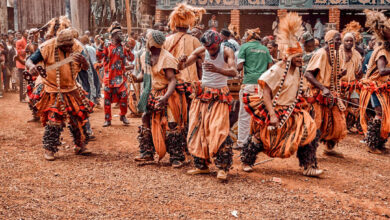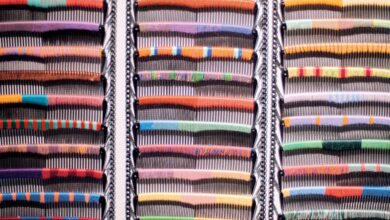In Polynesia, tattoos are more than skin deep
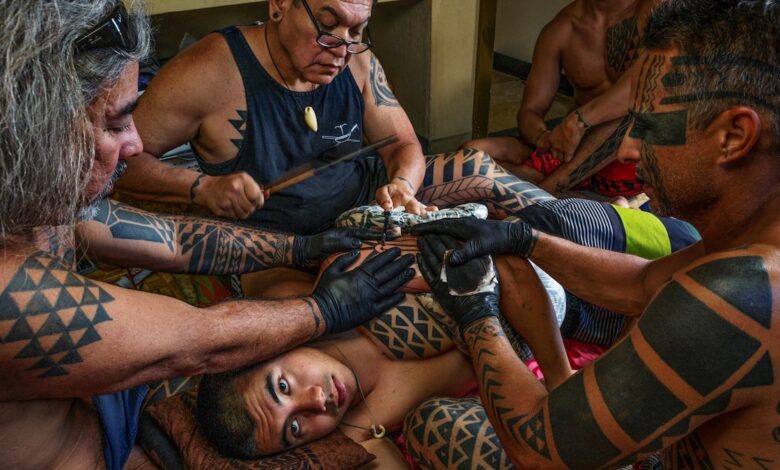
Photograph by ROBERT HARDING PICTURE LIBRARY, Nat Geo Image Collection
The unique quality of Polynesian tattoo designs has inspired visitors, including me, to take home a more permanent souvenir. But as we consider the difference between honoring and appropriating a culture, how should travelers who aren’t part of that culture get a tattoo respectfully?
Because the practice is interwoven with the Polynesian way of life, an essential approach requires consideration behind the purpose of your tattoo and communication with the tattoo artist.
Tattoos as cultural communication
In ancient times, Polynesian cultural practice was passed down verbally, but tattoos also played a part in the transfer of knowledge with the body as a canvas. “Traditionally, tatau served as a form of ID or social rank, keeping track of the genealogy of the family, and representing important milestones,” says Samuela, whose parents hailed from French Polynesia—his mother from the Marquesas island chain and his father from the island of Tahiti, the capital of French Polynesia.
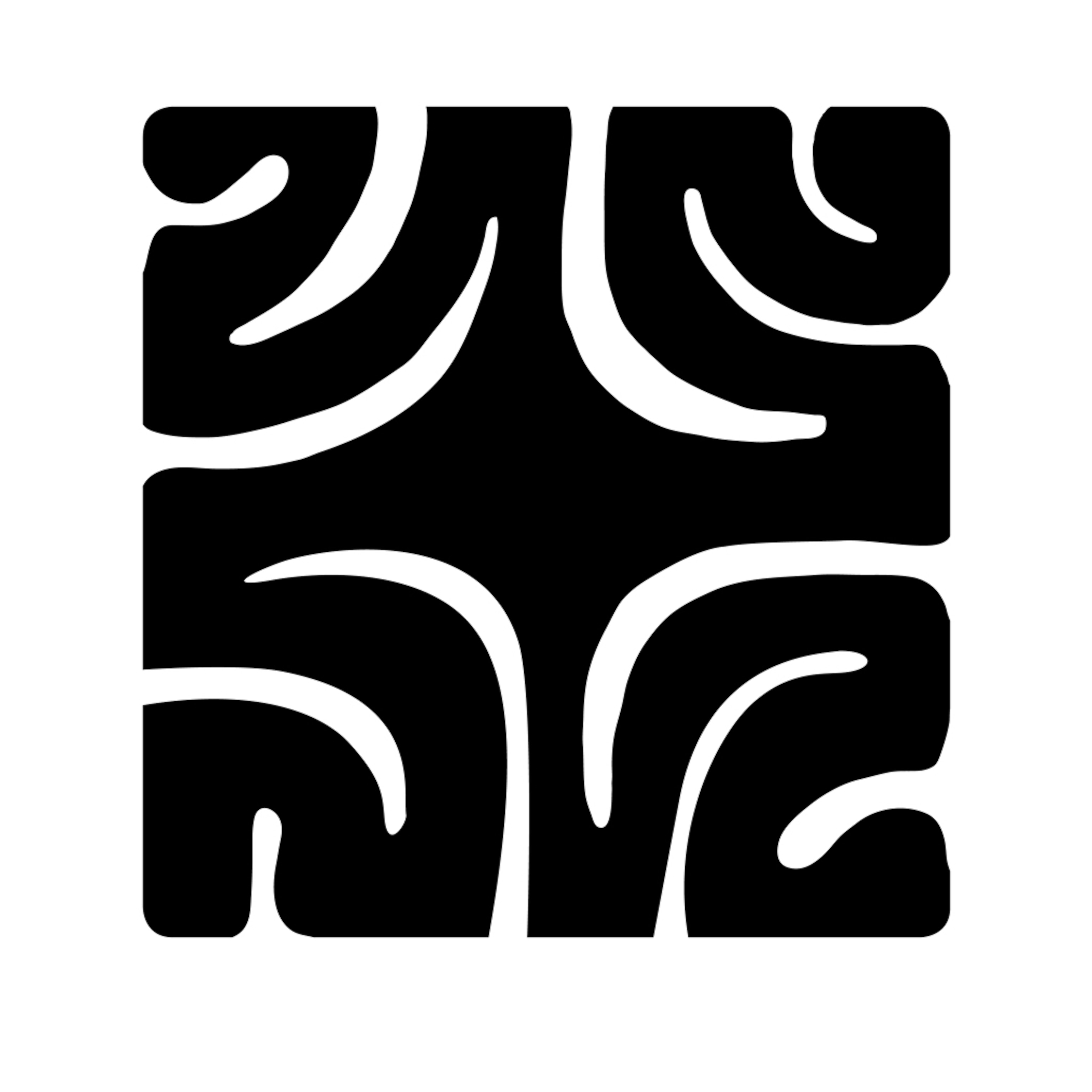
The islands that make up Polynesia are culturally diverse with unique tattoo traditions and symbols. This graphic from Teiki Huukena’s Polynesian Tattoo Dictionary: Marquesas Islands shows a peka ‘enana cross. One of the most popular Marquesan motifs, it represents a human form with the four limbs depicted as curving lines inside of a block shape. Illustration by National Geographic
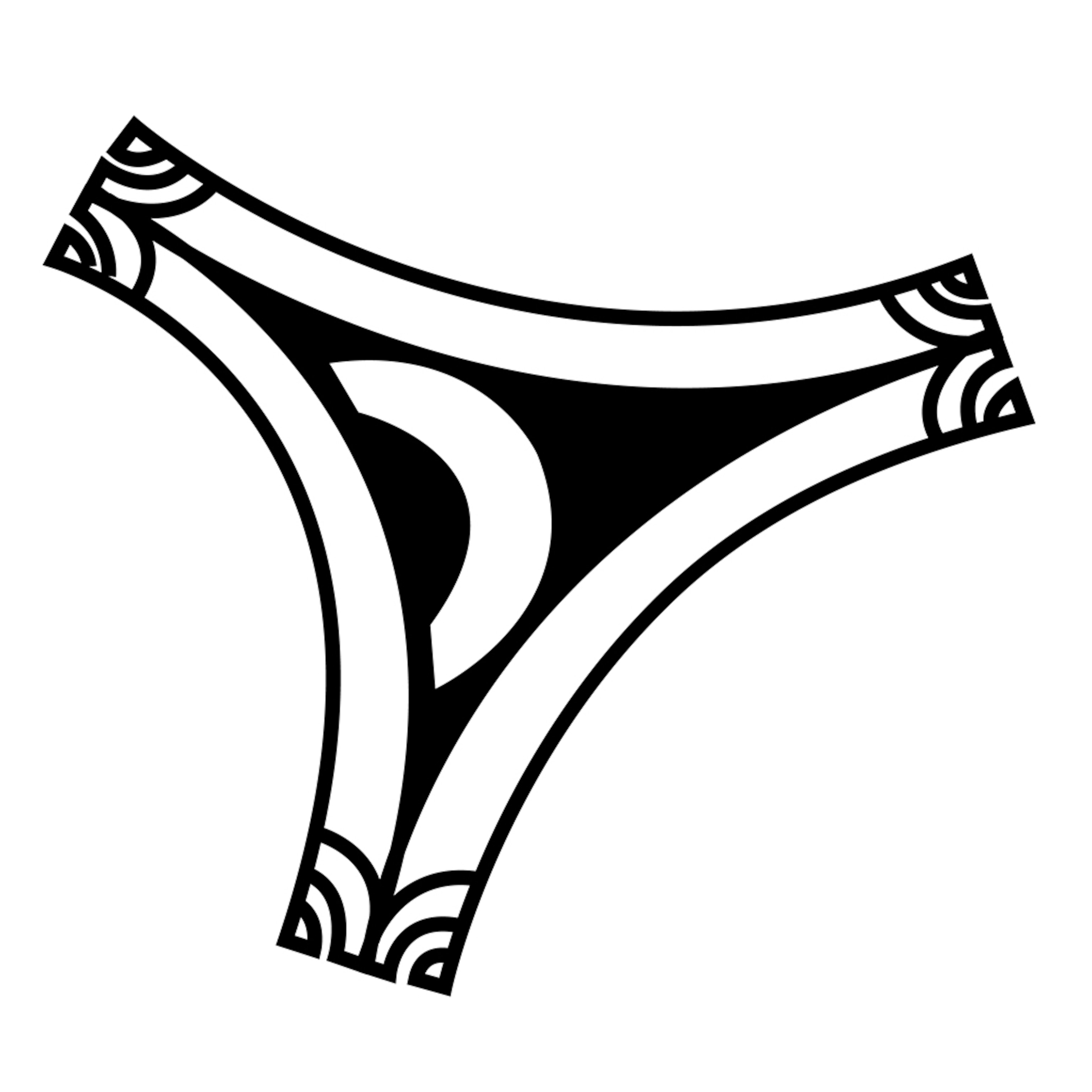
The Marquesan dancing flame symbolizes the light that keeps death at bay. Illustration by National Geographic
“Depending on the archipelago where you came from, tatau was practiced differently and symbols had different meanings,” notes Samuela. “For example, people living on [an] island with mountains or an atoll with only coconut trees use different earth symbols based on their own experience.”
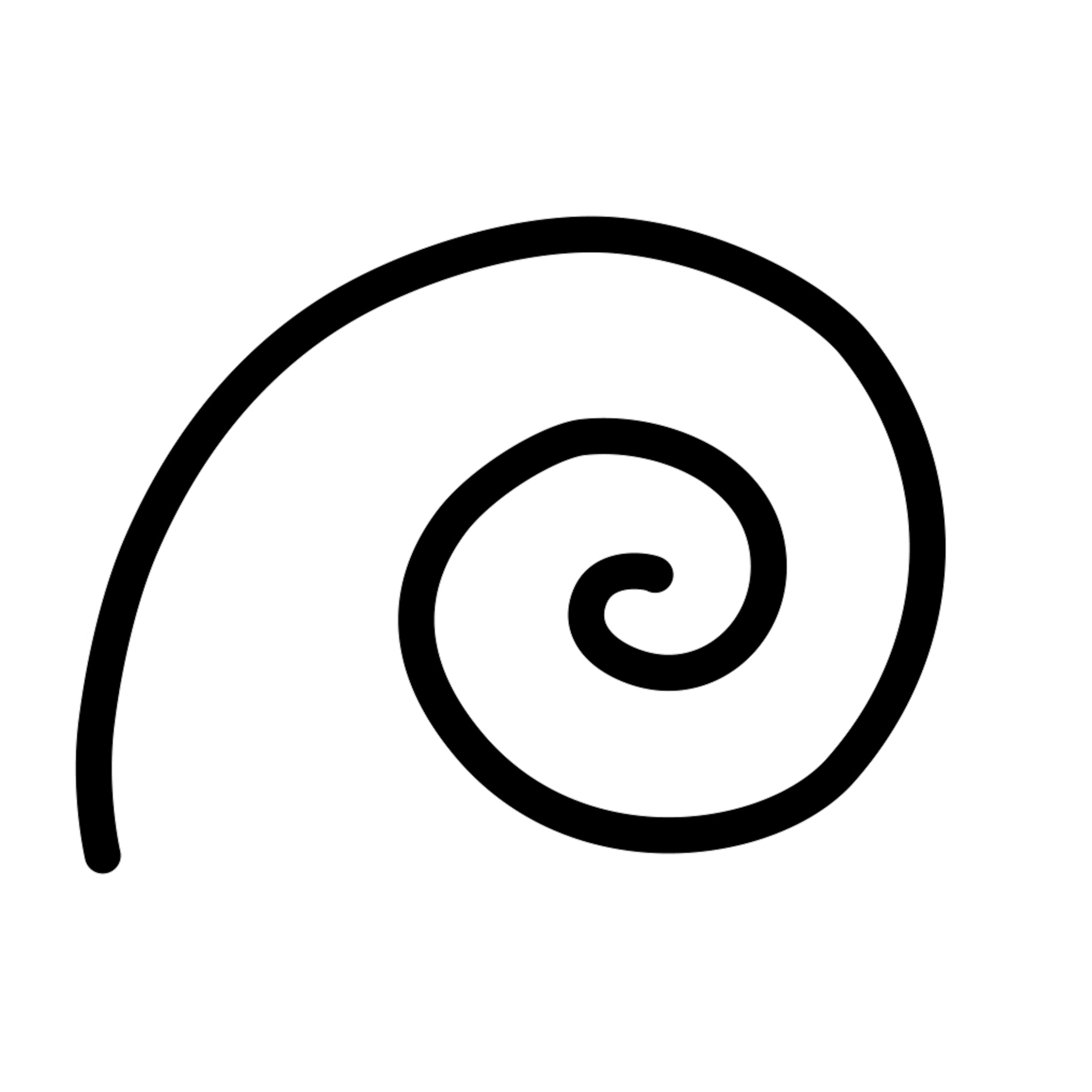
This spiral shape represents a fiddlehead fern, symbolizing the start of a new life in Marquesan tattoo culture. Illustration by National Geographic

This Marquesan design includes repeated forms conveying the immensity of a clear sky and a great journey. Illustration by National Geographic
Across many Pacific islands, traditional cultural practices were discouraged and outright banned from the time of early Western contact. “Tattooing was often done in defiance of colonial powers, so it was one of the first things white men tried to suppress,” says Tricia Allen, an Oahu-based tattooist with an extensive background in Polynesian history and author of The Polynesian Tattoo Today and Tattoo Traditions of Hawaiʻi. “While in recent decades Pacific Islanders have revived many of their traditional arts and take pride in their cultural heritage, it’s understandable why tattoo can be a sensitive topic for Indigenous people.”

